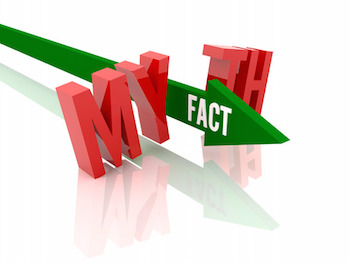When people first have the desire for starting to play the piano, they have a lot of misconceptions and myths programmed into their minds. Yes, playing the piano can bring a lifetime of joy to your life. Yes, playing the piano can be an entertaining activity for young and old alike. But when it comes to the art of playing the piano, things get a little misconstrued.
Have you ever thought:
- Playing the piano is all about the finger work.
- Playing the piano means learning to read music.
- Practicing the piano means playing a piece over and over again until I reach perfection.
Read on and find out why each of these aren’t true.
Playing the piano is all about the finger work.
Have you ever watched a talented piano player in action? Their fingers zip across the keyboard, interweaving from top to bottom to create a magical tune. When you witness how fast their fingers move, it’s a common misconception to think that piano playing is all in the fingerwork. Yet piano playing doesn’t start in your fingers, it actually comes from your arms. Piano playing is about swaying the upper body in dance-like format. Moving the upper arms in rhythm to the beat. Rotating the forearms to move the hands from point to point. Flicking the wrist up and down. Piano playing is a workout not just for the fingers, but for your entire body.
Playing the piano means learning to read music.
There is a difference between learning to play the piano, and mastering the piano. Have you ever heard a song several times, started to hum along, and eventually learned the words and the chorus enough to where you can sing it too? Of course you have; we all do it every day as we sing along to our favorite tunes on the radio. Even as a small child we learn to quickly pick up songs and rhythm from all around us. Think Happy Birthday, or Twinkle Twinkle Little Star. Those tunes instantly pop into your mind. And if you were to sit down at a piano, you could probably pluck out the tune just by playing with the notes. That’s playing by ear. And many of today’s top piano teaching methods begin with playing by ear, not by reading music. Reading music is an advanced form of playing. It involves the ability to look up at the sheet music and process the notes, while transforming that down into your hands so they can hit the correct keys. For many learners, that ability comes later in development. The most important part of playing the piano is enjoying it first.
Practicing the piano means playing a piece over and over again until I reach perfection.
Playing the same piece over and over again would become monotonous at best. Especially if you don’t enjoy the piece, or continue to perform the same parts incorrectly. Instead, practice means pulling out sections of a song to add more to them. If you have trouble with a particular section, work on those few lines until you have it the way you like. Then incorporate it back into the entire piece. By practicing sections at a time, you can hone in on where your difficulty lies, and fix the problem quickly. You’ll perfect the piece quicker, and enjoy your music playing abilities on a whole new level.

